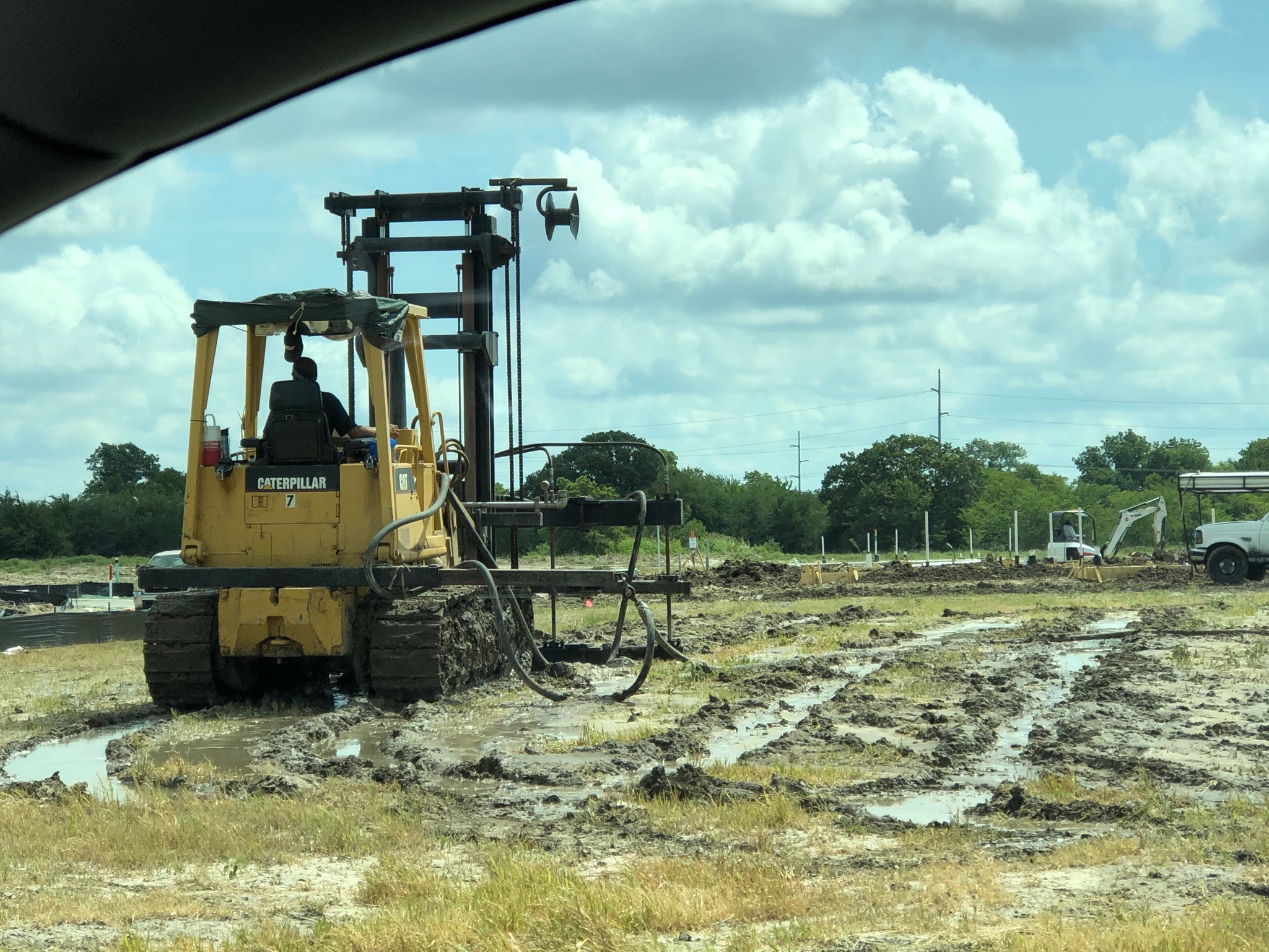Moisture conditioning is a critical process in soil stabilization, ensuring that construction projects have a solid foundation. By managing the moisture content in the soil, construction teams can prevent problems such as soil heave or shrinkage, which can cause serious damage to structures. One commonly used method in this process involves the use of polyethylene sheeting. This material is intended to act as a moisture barrier, controlling the amount of water that can seep into the soil.
Polyethylene sheeting is often chosen for its affordability and ease of use. However, it’s important to understand not just its intended purpose but also its effectiveness in practice. Are builders and developers really getting the results they need with this method? Let’s explore whether polyethylene sheeting truly meets the expectations set for it and how it performs in real-world applications.
The Practical Challenges of Using Polyethylene Sheeting
Using polyethylene sheeting in moisture conditioning isn’t without its hurdles. For starters, the application process can be quite challenging. Proper installation requires precision to ensure that the sheeting forms an uninterrupted barrier. This involves careful placement and sealing of the sheets, tasks that can be tricky to execute perfectly on a job site.
Moreover, environmental factors play a significant role in how effective polyethylene sheeting can be. Weather conditions like heavy rain or high winds can easily disrupt the installation process, leading to gaps or tears in the sheeting. These disruptions compromise the barrier’s effectiveness, allowing moisture to infiltrate the soil.
Here are some common issues faced when using polyethylene sheeting:
– Installation difficulties require precise attention and can be labor-intensive.
– Weather-related challenges can damage the sheeting, affecting its ability to serve as an effective barrier.
– Long-term durability might not hold up, reducing effectiveness and causing potential structural issues.
Each of these challenges highlights the need for reliability in moisture conditioning methods to safeguard construction integrity. In the quest for effective soil stabilization, understanding these potential pitfalls is crucial for making informed decisions on-site.
Inefficiencies in Soil Stabilization with Polyethylene Sheeting
The use of polyethylene sheeting brings to light several inefficiencies that can’t be overlooked. While it’s heralded for basic utility, the performance may not match up to expectations in every scenario. One area where it often falls short is in maintaining consistent soil stability. This inconsistency can lead to more frequent adjustments and additional costs over the project’s duration. Construction timelines are particularly vulnerable, as the reliance on sheeting can delay processes if conditions are not ideal.
Furthermore, when comparing polyethylene sheeting to alternative moisture conditioning methods, the differences become noticeable. While it provides a straightforward barrier approach, other methods offer more adaptability and resilience. These differences often translate into varied levels of soil protection and maintenance requirements, which can influence long-term project sustainability.
Alternatives to Polyethylene Sheeting for Effective Moisture Conditioning
Exploring alternatives to polyethylene sheeting unveils stronger and more reliable options that cater to modern construction needs. One such option is ProChemical’s proprietary ionic solution, a method designed to directly tackle soil stability issues. This solution changes the polarity of clay particles in the soil, preventing water molecules from causing soil swell and heave.
Why choose ionic solutions over traditional sheeting? Here are some notable benefits:
– Improved material efficiency requires less material, reducing both waste and costs.
– Faster application as the injection process takes less time, speeding up construction timelines.
– Minimal disruption since it’s injected directly into the soil, allowing other activities to continue without interruption.
– Long-lasting stability offers permanent protection against moisture-related issues, reducing future repairs.
– Eco-friendly approach by using less material and equipment, creating a smaller environmental footprint.
These innovative solutions are gaining traction as practical alternatives, offering enhanced performance and cost-effectiveness. They promise a higher standard of reliability, satisfying both immediate project requirements and long-term construction goals.
Experience the ProChemical Soil Stabilization Difference
Polyethylene sheeting has its uses but presents challenges that are hard to ignore. Recognizing its limitations helps in understanding the full scope of soil stabilization needs. It’s clear that new methodologies bring promising results, aligning with the demands of quality and efficiency. Adopting forward-thinking techniques not only addresses these challenges but also sets the stage for more sustainable construction practices. As the industry evolves, embracing reliable solutions becomes paramount in achieving durable, stable structures.
Make your construction project more secure with advanced soil technologies. Discover how ProChemical Soil Stabilization can improve long-term performance by exploring our approach to secure foundations in Texas. Let’s ensure your structures stand the test of time with innovative stabilization methods.

